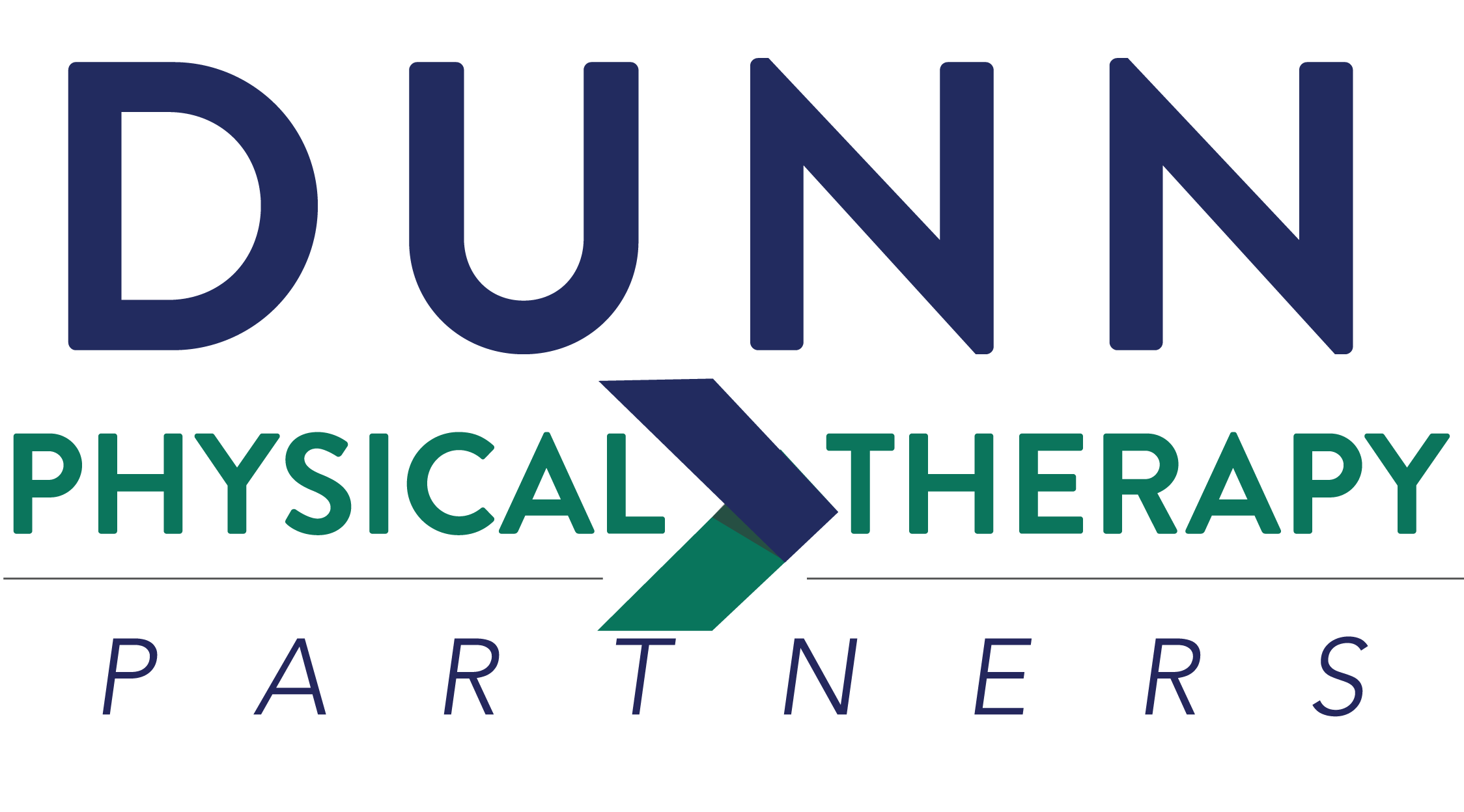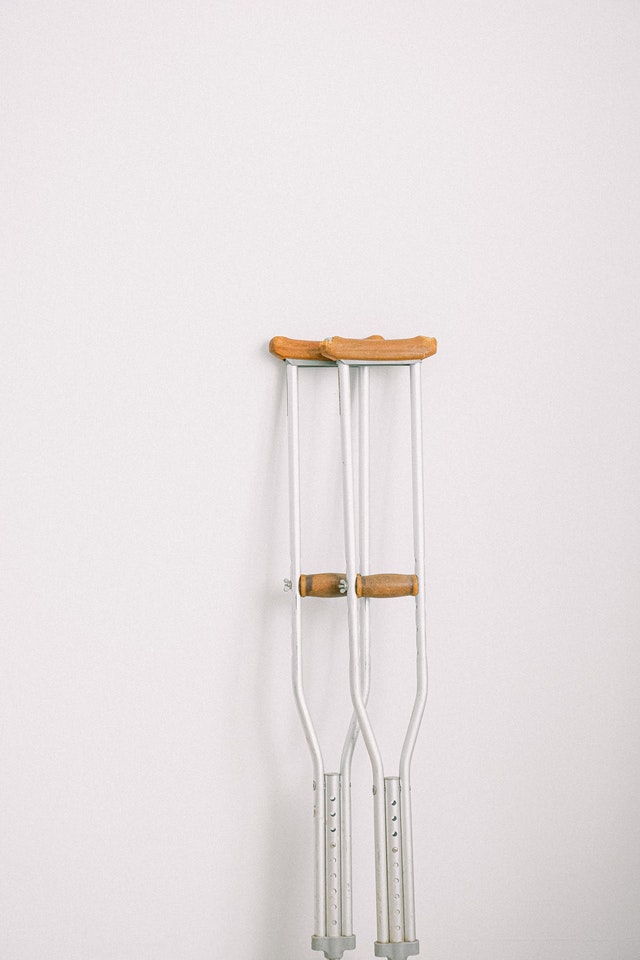Rotator cuff injuries can be serious if not treated.
Pre & Post Surgical Therapy
Need surgery? Your doctor may ask you to go to physical therapy, and with good reason: it can make your experience before and after surgery much easier. Your routine will differ depending on the surgery and your recovery plan, and your physical therapist will consult with your doctor.
We are proud to offer both pre- and post-surgery physical therapy at Dunn Physical Therapy Partners.
Physical Therapy Before Surgery
Though PT’s most obvious use for surgery is rehabilitation, going before surgery can also yield substantial benefits.
- You’ll need less post-surgery treatment. According to the American Physical Therapy Association, even 1-2 post-surgery physical therapy sessions can reduce post-op care by 29%!
- You may save money. That same study showed an average cost reduction of $1,215 to each patient who attended pre-operative PT.
- You’ll be better prepared for recovery. A large component of most pre-op physical therapy is to plan for your recovery: learning to use assistive walking devices, managing expectations, and building up strength before your recovery program.
- It prepares your body for the rigors of surgery. Surgery is hard on your body, and one of the most helpful things physical therapy can do – especially for extremities – is to improve your range of motion before surgery. This gives your body the best possible “normal state” to reduce the impact of surgery.
- It may delay or eliminate the need for surgery. This obviously varies from case-to-case, but you may find that physical therapy addresses other issues without requiring surgical intervention.
Physical Therapy After Surgery
Physical therapy is often an essential component of post-surgical recovery programs, especially after joint replacements, ACL repair, or other surgeries involving bones or muscles. Post-surgical PT can help you:
- Heal faster. Stretches and strengthening exercises help you regain your range of motion. Plus, it means a medical professional will regularly see the healing area, helping to identify any complications.
- Help with pain. Physical therapy can relieve pain, reducing your reliance on medication.
- It minimizes scar tissue. Scar tissue can cause long-term loss of mobility and flexibility. Starting physical therapy soon after surgery minimizes this by breaking up the scar tissue.
- It keeps you in shape. Too much rest impairs your cardiovascular endurance and may cause you to lose muscle mass. Gentle exercises like those in PT will prepare you to get moving again once you’re fully healed.

